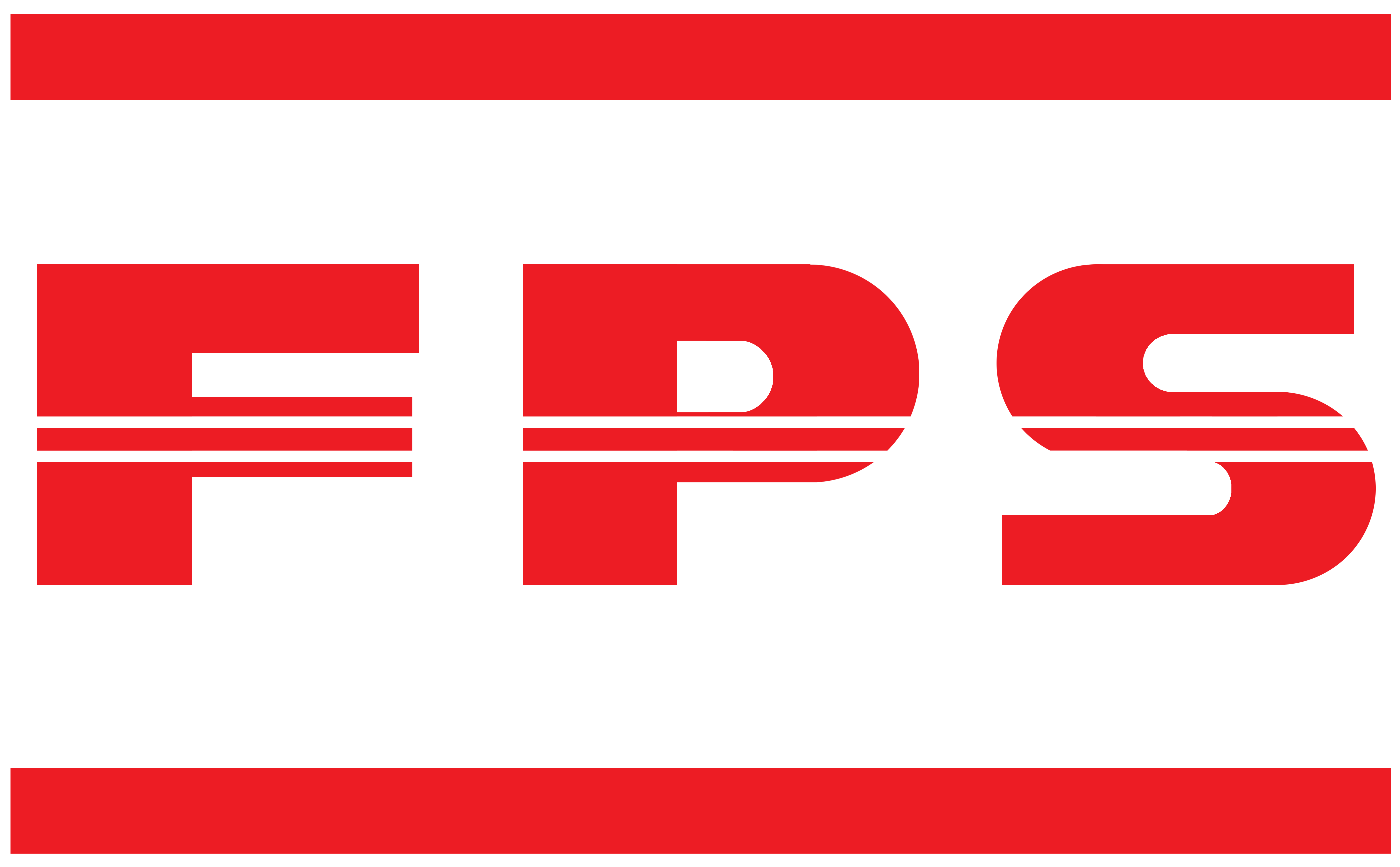VERIFIED GROSS MASS DECLARATION
To all valued Clients.
Verified Gross Mass as required by SOLAS and AMSA Marine Order 42
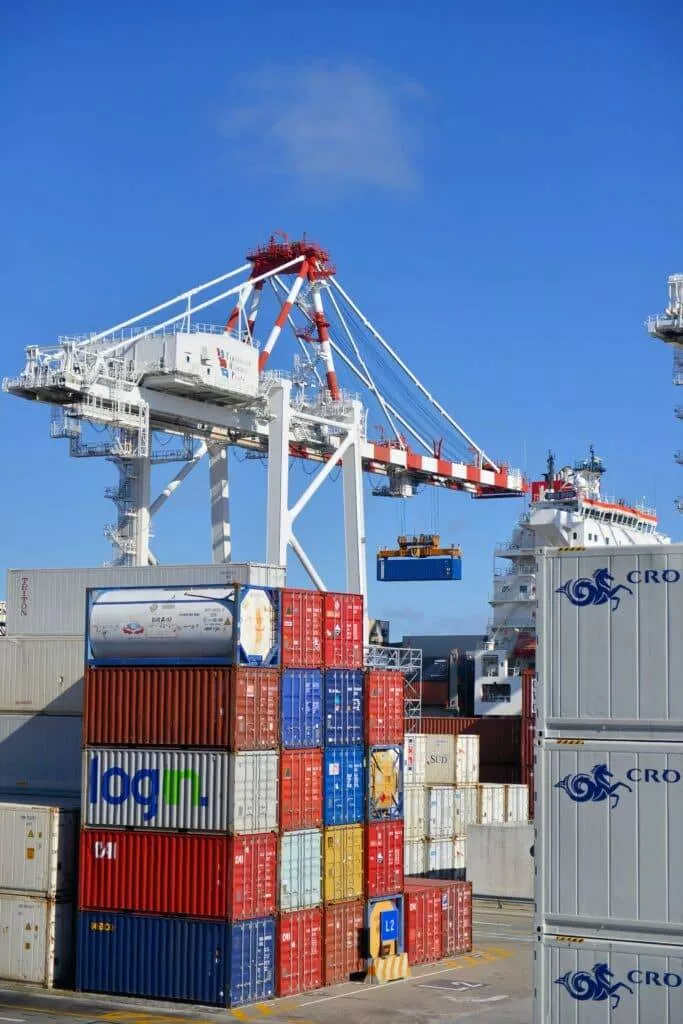
DECLARATION OF VERIFIED GROSS MASS
In acknowledgement of the above, the Shipper requests and authorises Famous Pacific Shipping Pty Ltd to provide the following Verified Gross Mass to the Master (or their representative), Carrier and port terminal.
| Transport Documentation No. | |
| Container No. | |
| Port / place of departure: | |
| Port / place of destination: | |
| Shipper: | |
| Shipper contact details: | |
| Consignee: | |
| Verified Gross Mass (kgs): | |
| SOLAS Weighing Method Used (please select)* * Refer to Paragraph 5, MSC.1/Circ.1475 and MO42 (see overleaf) | _______ Method 1 _______ Method 2 |
| Shipper’s Duly Authorised Representative (please print): | |
| Signed by or on behalf of Shipper: | |
| Date: |
Experience Seamless Freight and Logistics Services with FPS
Contact FPS today to benefit from our extensive door-to-door freight services, including sea and air freight, customs clearance, transportation, warehousing, and project management. Trust our experienced staff to cater your unique needs, whether you are a small importer or a multinational company.
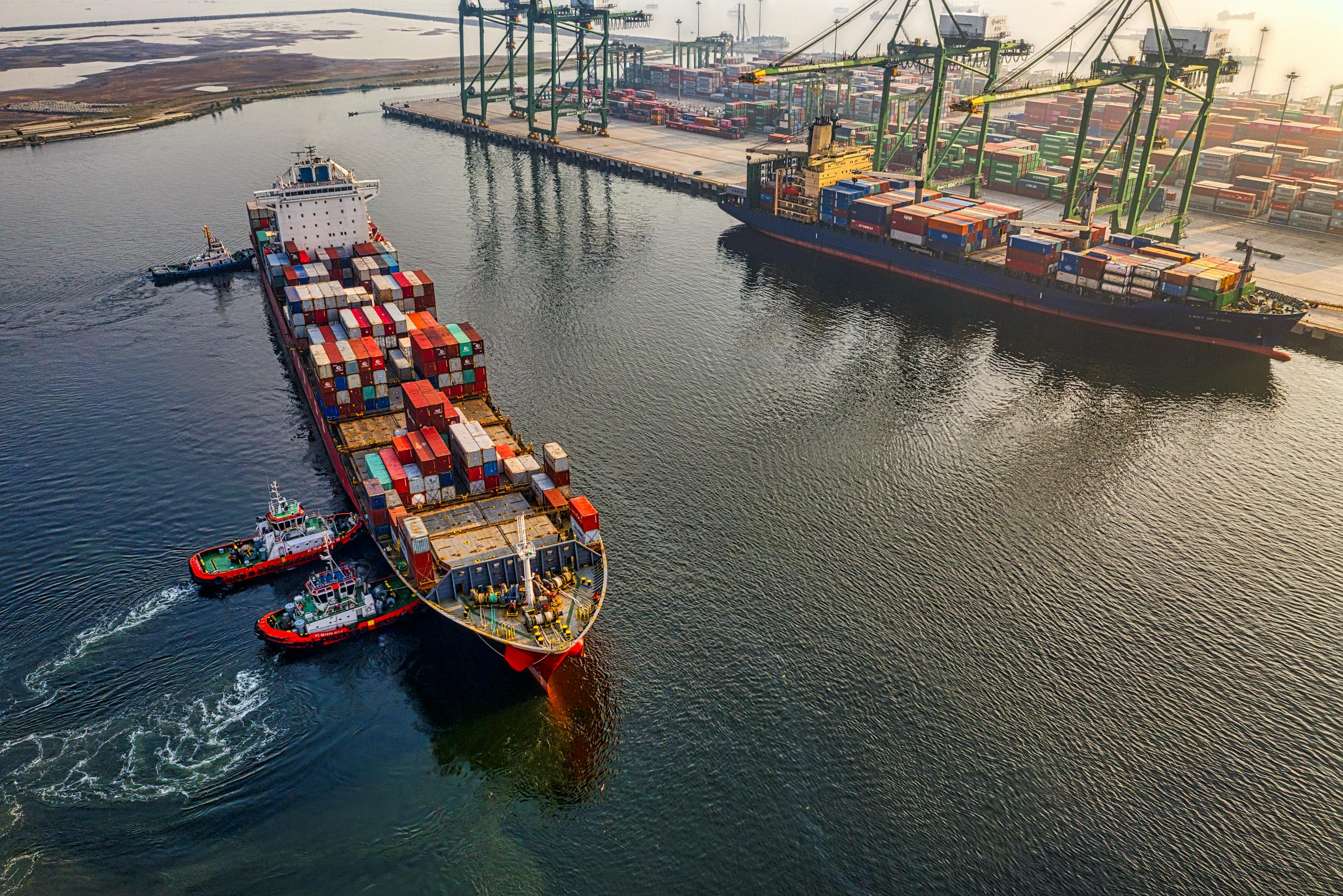
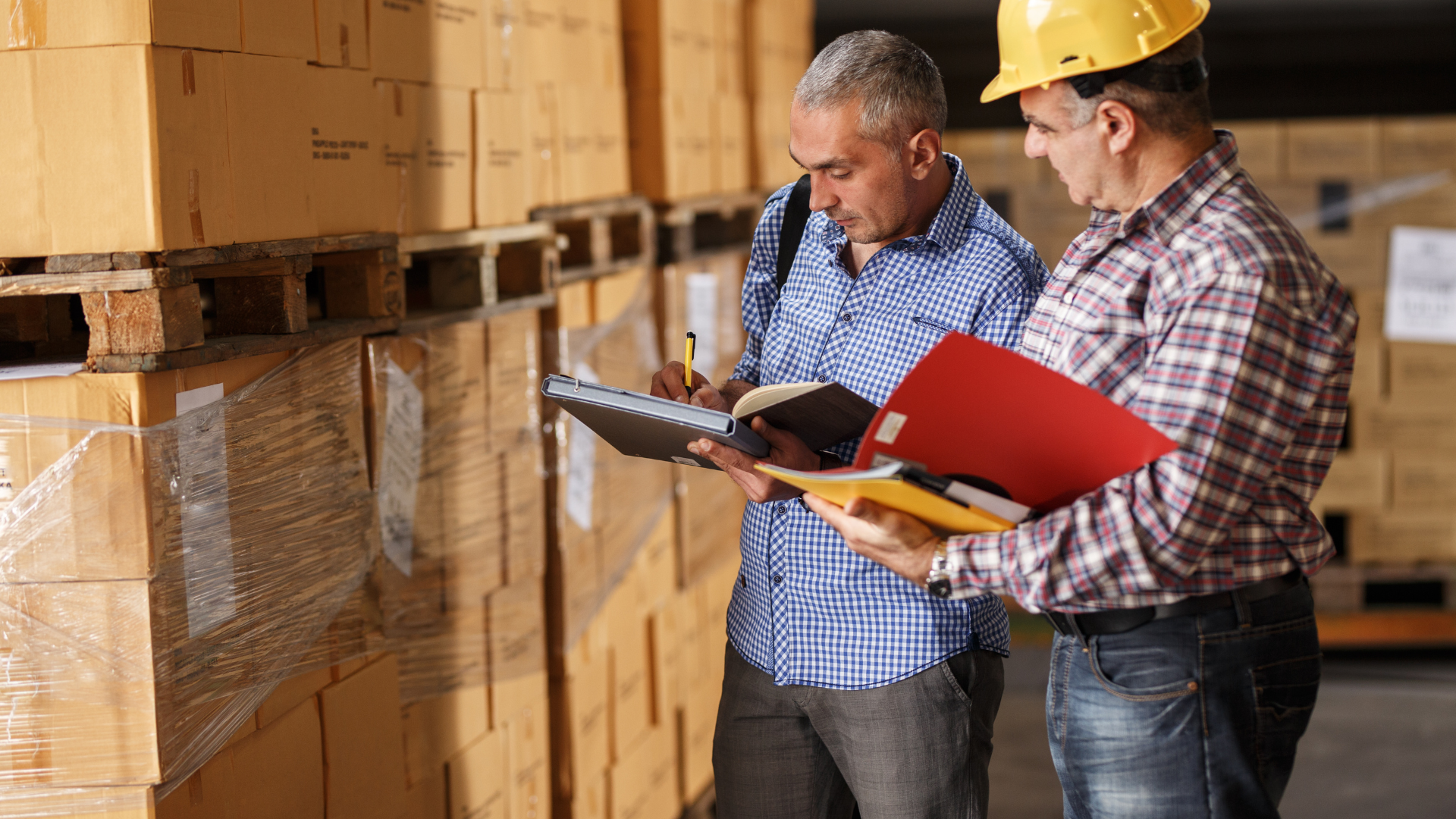
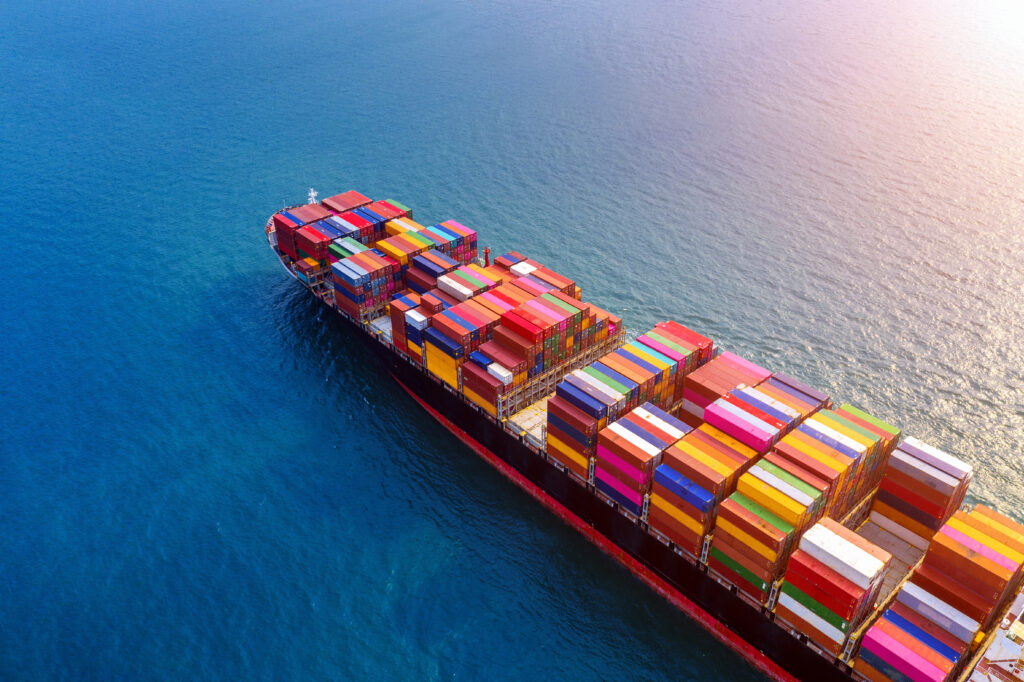


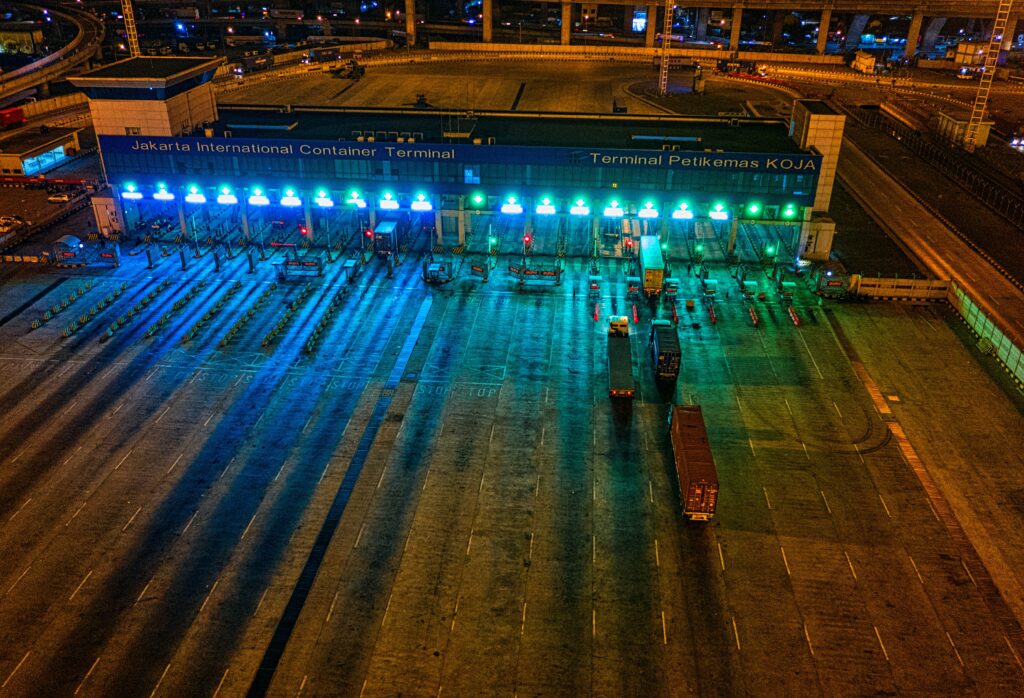

Get An Online Quote
Request your online quote now and see how FPSAUS can support your shipping needs.
The Shipper warrants to Famous Pacific Shipping Pty Ltd and the Carrier that the Verified Gross Mass information, whether in aggregate or any element of it, provided by the Shipper above has been established in accordance with SOLAS and MO42 and checked by the Shipper and that such information and particulars furnished by or on behalf of the Shipper, are accurate, adequate, complete and correct.
The Shipper acknowledges and agrees that Famous Pacific Shipping Pty Ltd will rely on the completeness, accuracy and timeliness of the Verified Gross Mass information and use this to comply with its obligations to other parties in accordance with SOLAS and MO42. The Shipper shall be liable for and agrees to defend, indemnify, and hold harmless Famous Pacific Shipping Pty Ltd, the Carrier and any other party, their respective affiliates and their respective directors, officers, employees, subcontractors, servants and agents from and against all claims, liabilities, losses, damages, costs and expenses, including legal fees, arising out of or in connection with the use of the Verified Gross Mass information.
5 Methods for obtaining the verified gross mass of a packed container
5.1 The SOLAS regulations prescribe two methods by which the shipper may obtain the verified gross mass of a packed container:
5.1.1 Method No.1: Upon the conclusion of packing and sealing a container, the shipper may weigh, or have arranged that a third party weighs, the packed container.
5.1.2 Method No.2: The shipper (or, by arrangement of the shipper, a third party), may weigh all packages and cargo items, including the mass of pallets, dunnage and other packing and securing material to be packed in the container, and add the tare mass of the container to the sum of the single masses using a certified method as described in paragraphs 5.1.2.3 and 5.1.2.3.1. Any third party that has performed some or all of the packing of the container should inform the shipper of the mass of the cargo items and packing and securing material that the party has packed into the container in order to facilitate the shipper’s verification of the gross mass of the packed container under Method No.2. As required by SOLAS VI/2 and paragraph 5, the shipper should ensure that the verified gross mass of the container is provided sufficiently in advance of vessel loading. How such information is to be communicated between the shipper and any third party should be agreed between the commercial parties involved.
5.1.2.1 Individual, original sealed packages that have the accurate mass of the packages and cargo items (including any other material such as packing material and refrigerants inside the packages) clearly and permanently marked on their surfaces, do not need to be weighed again when they are packed into the container.
5.1.2.2 Certain types of cargo items (e.g. scrap metal, unbagged grain and other cargo in bulk) do not easily lend themselves to individual weighing of the items to be packed in the container. In such cases, usage of Method No.2 would be inappropriate and impractical, and Method No.1 should be used instead.
5.1.2.3 The method used for weighing the container’s contents under Method No.2 is subject to certification and approval as determined by the competent authority of the State in which the packing and sealing of the container was completed.4
5.1.2.3.1 How the certification is to be done will be up to the State concerned, and could pertain to either the procedure for the weighing or to the party performing the weighing or both.
5.1.3 If a container is packed by multiple parties or contains cargo from multiple parties, the shipper as defined in paragraph 2.1 is responsible for obtaining and documenting the verified gross mass of the packed container. If the shipper chooses Method No.2 to obtain the verified gross mass, the shipper is then subject to all the conditions given in paragraphs 5.1.2, 5.1.2.1, 5.1.2.2, and 5.1.2.3.
Section 10 Verification of gross mass of cargo units and cargo carried in certain containers [SOLAS VI-2]
(1) Paragraph 3 of regulation 2 of Chapter VI has effect for the loading of cargo units on a vessel in an Australian port.
Note: this provision requires that, before loading cargo units on board a vessel, the shipper must ensure that the gross mass of the units is in accordance with the gross mass declared in the cargo information given in accordance with section 9.
(2) Paragraphs 4 and 5 of regulation 2 of Chapter VI [of SOLAS] have effect for the loading of cargo on a vessel in an Australian port.
Note: Paragraph 4 requires the gross mass of cargo carried in a container to be verified and sets out two acceptable verification methods. Paragraph 5 requires the shipper to ensure the verified gross mass is stated in the shipping document. For guidance regarding the verification of the gross mass of packed containers by the shipper under paragraphs 4 and 5 of regulation 2 of Chapter VI of SOLAS see the IMO Guidelines regarding the verified gross mass of a container carrying cargo.
(3) For subsection (2), equipment is to be taken to be calibrated and certified equipment for paragraph 4.1 of regulation 2 of Chapter VI of SOLAS if the equipment complies with:
(a) The requirements of the national measurement legislation for the kind of equipment; or (b) A standard of accuracy for weighing equipment that:
(i) Applies to the kind of weighing equipment; and (ii) Is approved in writing by AMSA. Note1 Paragraph 4.1 of regulation 2 of Chapter VI sets out the method for verification of gross mass commonly known as Method 1. Paragraph 4.2 of regulation 2 of Chapter VI sets out the method for verification of gross mass commonly known as Method 2 or the summation method. Note2 For a list of the accuracy standards for weighing equipment approved by AMSA see the AMSA website at http://www.amsa.gov.au.
(4) The methods approved for Australia for verification of gross mass of cargo carried in a container are:
(a) The method mentioned in paragraph 4.1 of regulation 2 of Chapter VI (Method 1) using equipment
that complies with subsection (3); and
(b) The method mentioned in para 4.2 of regulation 2 of Chapter VI (Method 2) using equipment that
complies with subsection (3).
(5) The approved certified method for paragraph 4.2 of regulation 2 of Chapter VI is to use equipment that complies with subsection (3) for weighing a container’s contents.
Section 11 Shipper to ensure shipping document has correct verified gross mass [SOLAS VI-2]
(1) The shipper for a packed container must ensure that the verified gross mass:
(a) Is stated in the shipping document for the container; and
(b) Is obtained in accordance with this Order.
Penalty: 50 penalty units.
(2) An offence against subsection (1) is a strict liability offence.
(3) A person is liable to a civil penalty if the person contravenes subsection (1).
Civil penalty: 50 penalty units.
Section 12
12 Loading of containers — required information [SOLAS VI-2]
(1) A person may load a packed container on a vessel only if the shipping document for the container
states the container’s verified gross mass.
Penalty: 50 penalty units.
(2) An offence against subsection (1) is a strict liability offence.
(3) A person is liable to a civil penalty if the person contravenes subsection (1).
Civil penalty: 50 penalty units.
Note For guidance on empty containers see section 12 of the IMO Guidelines regarding the verified
gross mass of a container carrying cargo.
Note2 For guidance about obtaining the verified gross mass of a packed mass of a packed
container received at a port or terminal without a verified gross mass, including the apportionment
of costs, see section 13 of the IMO Guidelines regarding the verified gross mass of a container
carrying cargo.
